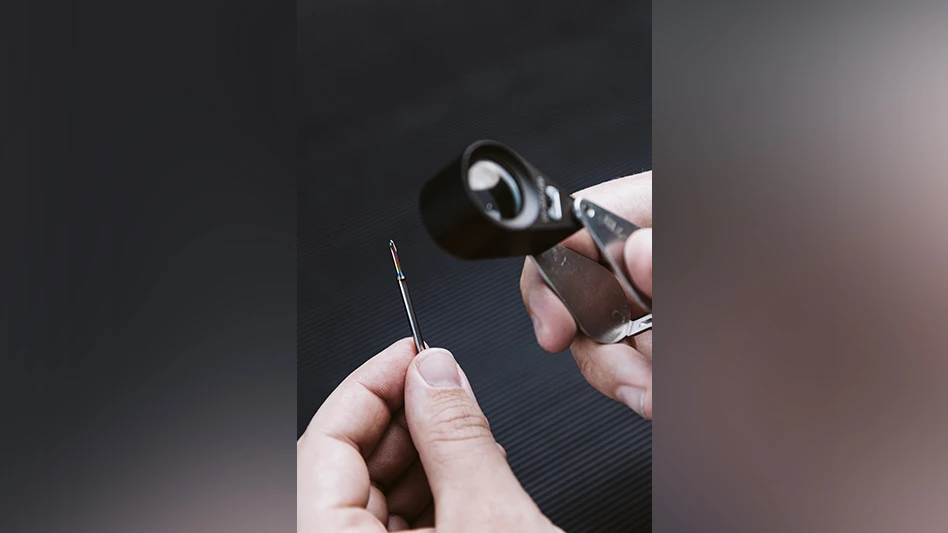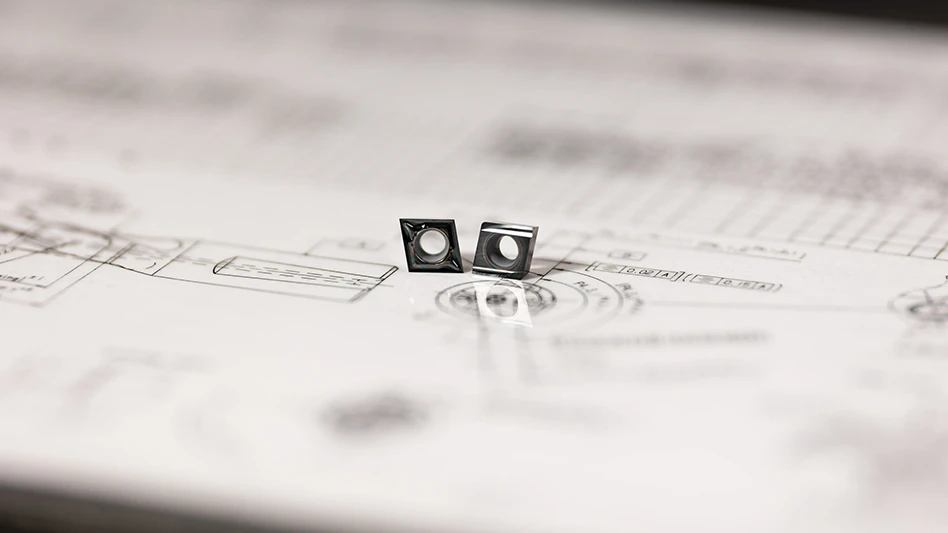
Withings
This article is not meant for patients - the focus of TMD's medical coverage is designing and manufacturing of medical devices and equipment and is aimed toward those in the industry, not the end-users.
In addition to measuring heart rate and full body composition, Withings’ Body Cardio scale will now feature a new cardiovascular index – Vascular Age – providing a daily, easy-to-understand assessment of arterial health. It accomplishes this by showing people how their cardiovascular health compares to the norms expected within their age bracket, with an estimate of their inner heart age and an indication of whether it is optimum, normal, or not optimum for their chronological age.
With the Vascular Age, Withings has created an instantly recognizable index to help users better understand their health and maintain or change behavior to live a healthy lifestyle. Heart disease is the leading cause of death in the United States, taking about 655,000 American lives annually according to CDC statistics. According to the WHO, cardiovascular diseases are the number one cause of death on a global scale, impacting an estimated 17.9 million lives per year. With cardiovascular diseases taking so many lives each year, the ability to monitor heart health from home with medical-grade insights is imperative.
Editor’s note: I was offered the opportunity to try the new Withings Body Cardio scale, so I accepted. While I won’t be sharing my weight gains or losses, I will be circling back around with updates ease of use, convenience of the connection to the phone, and more. I’m looking forward to testing it but I’m not sure I want to know the answers to vascular age and more!
Determining vascular age
Vascular Age is based on Pulse Wave Velocity (PWV), a measurement of arterial stiffness that is a key indicator of cardiac health. It’s widely used in clinical settings to provide early warnings of associated risks of cardiac and health incidents such as hypertension, high cholesterol, organ failure, reduced cognitive function, Alzheimer’s disease, stroke, and heart attack. It’s the speed at which the blood pressure pulse propagates through the circulatory system.
To determine PWV, Body Cardio measures the time difference between blood ejection by the heart in the aorta and the arrival of blood flow in the feet using ballistocardiography and impedance plethysmography technologies. When the heart beats, it exerts a force that leads to weight variations on the Body Cardio. A change in the body’s electrical current can be detected by the scale when this blood flow reaches the feet allowing PWV to be calculated.
Introduced in 2016 and with more than 80 million readings, Withings has one of the largest PWV databases in the world, which against multiple scientific papers has shown to be highly representative against the general population. To determine Vascular Age, Withings’ algorithm analyzes a person’s PWV measurement against the norms for their age and physical characteristics and is expressed both as an actual age (± range against chronological range) and as an indication of whether a person is optimal, normal, or sub-optimal. The algorithm was developed by leading cardiologist, Prof. Stéphane Laurent of Hôpital Européen Georges Pompidou with reference to the latest clinical literature.
Importance of vascular age
Usually, arteries age more slowly than the rest of the body. However, they can age faster when constantly aggravated by items such as cigarette smoke and foods laden with saturated and trans fats. If vascular age is determined to be significantly greater than a person’s chronological age, they may be more at risk of developing cardiovascular issues later in life. Vascular age is a metric recognized by the scientific community and often used as a wellness tool.
The Withings Vascular Age feature provides cardiovascular check-ups in less than 30 seconds in a metric that is easy to understand, put into perspective, and tracked over time. The scale will conveniently show a person if they are optimum, normal, or not optimum on its screen, while the Withings Health Mate app will show additional information including an estimation of their vascular age as well as exercise and nutrition advice to improve cardiovascular health.
“Body Cardio redefines how people use connected scales by providing them with a tool to manage their weight as well as their cardiovascular health,” says Mathieu Letombe, Withings CEO. “By simply stepping on their scale each morning, Body Cardio will provide the type of cardiovascular assessment people normally only receive at a doctor’s office. By linking the information to age, an index everyone understands, we are making it easy for people to stay informed and motivated to make healthy choices.”
Smartest of Smart Scales Body Cardio is packed with features to help people achieve their weight loss and maintenance goals. In addition to weight and BMI readings, Body Cardio also provides a full assessment of body composition. Using a scientific technique called Bioelectrical impedance, it computes the body's percentage of fat, muscle, water, and bone mass. It’s also able to take a user’s heart rate.
To encourage daily use, a proven strategy to improve weight loss, Body Cardio is full of features to promote engagement. These fully customizable features include graphs showing the user’s weight trends over time, their step count from the previous day, and even the morning’s weather report so they can choose an outfit for the day.
The Withings Body Cardio can sync via Bluetooth and Wi-Fi. Its additional advanced features include its rechargeable battery with up to 1-year battery life and ability to automatically recognize up to 8 users in a family.
Latest from Today's Medical Developments
- Robot watched surgery videos then performed with skill of human doctor
- Master Bond’s EP21LSCL-2Med two component non-cytotoxic epoxy
- IMTS 2024 Booth Tour: Tornos Technologies
- A Primer on Defense Contract Manufacturing
- September 2024 USMTO orders up from August 2024; up from September 2023
- Sandvik Coromant's automatic tool change (ATC) for turning centers
- IMTS 2024 Booth Tour: Vollmer
- Supply chain vulnerabilities amid rising cyberattacks





